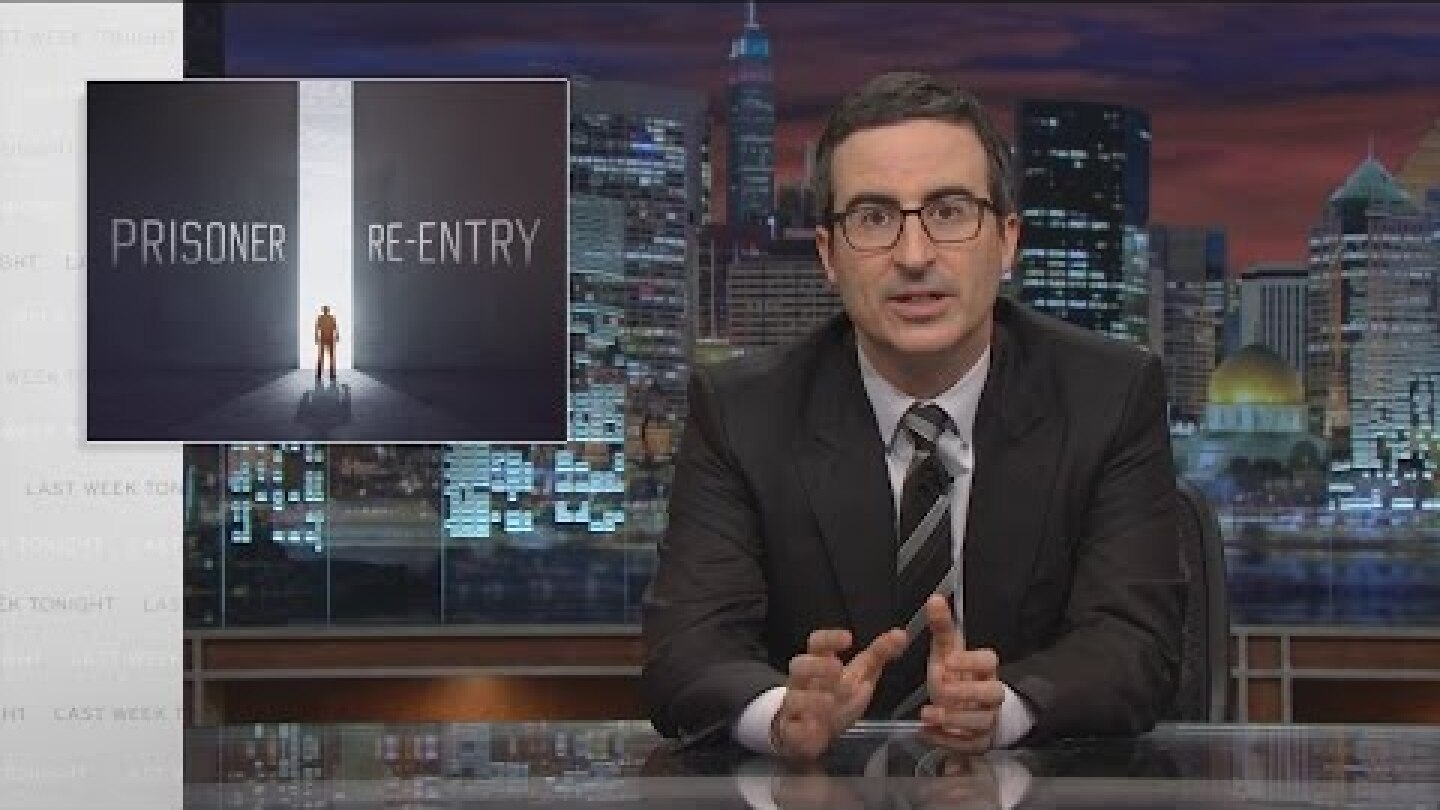Re-Entry and Recidivism
The Re-Entry and Recidivism section focuses on the challenges and strategies for helping former inmates successfully reintegrate into society while reducing the likelihood of reoffending. This directory provides articles and resources on effective re-entry programs, support services, and policies to lower recidivism rates. Understanding these concepts is vital for correctional professionals promoting rehabilitation and public safety. For more on inmate support, explore our section on Parole and Probation.
This initiative, spearheaded by students from UW-La Crosse, enables fathers to record themselves reading storybooks, which are then sent to their children
The College of Southern Nevada’s program at Florence McClure Women’s Correctional Center highlights the impact of education on reducing recidivism
A legislative report links substance abuse and incomplete data tracking to increasing returns to prison
His arrest has raised fresh questions about whether prison workers once again face reprisals from former inmates
The program was launched last summer in Scranton and connects recently released inmates with bank loans
The bipartisan legislation is designed to help prisoners succeed after they are released
Shasta County’s Probation Department has set reduced recidivism as a primary goal but many obstacles stand in the way
Many states are looking at growing prison populations, obstacles to drug treatment, and high recidivism rates
Suspect died during a shootout with police following the robbery Thursday at the Bank of Eufaula
The documents sought by the Law and Justice Committee include any emails, reports or data compilations by the agency
The state has one of the highest incarceration rates in the country
The man served 13 years after pleading guilty for killing and dismembering his live-in girlfriend
The DOC will have to work all the way back to 2002, when a state Supreme Court ruling had the DOC apply “good time” credits
It was the second death tied to the early release of as many as 3,200 prisoners since 2002 because of a software coding error that miscalculated sentences
The four indigenous men previously convicted in the 1997 beating death of a teenager were exonerated this week by a settlement
A $700K Department of Workforce Development grant is paying for four groups of inmates to take introductory classes
Unlike more than half of U.S. states, Kansas has no law setting forth the monetary value of lost time for those wrongly convicted
Fingerprint records and criminal histories are missing for some inmates in Arizona, meaning when they’re released they could pass background checks
Is the answer a flat-out “no” or does it depend on the situation?
The measure reduces some drug possession and property crimes from felonies to misdemeanors
Joe Ganim was released from prison just five years ago
The Incarcerated Vietnam Veterans of America Chapter 732 has created care packages for the local homeless population and those who have lost their homes
Good Landlord ordinance charges a hefty business license fees to property managers who rent to people with felony convictions within the past four years but allows significant fee reductions to those who do not
Recently visited California prisons to review programs designed to help train inmates for work in fields in which employers can’t attract enough qualified staff
Dog training programs benefit both inmates and the recipients of the trained service dogs
The money is for jail projects that are designed to help rehabilitate prisoners
Corrections officers find the dogs to be a great way to de-stress on the job
Five reasons it is (and is not) a big deal.
Pennsylvania hopes to educate its state prison inmates so they won’t commit more crimes after they are released
In the national conversation about crime and punishment, Obama hasn’t been afraid to identify with the people being policed, as well as with the police
The 252 residents have completed their prison sentences but were sent to the facility after a judge ruled they would likely hurt someone again
With his visit to a drug treatment center in Newark, New Jersey, Obama aims to boost his ongoing push for overhauling the criminal justice system
MOST POPULAR
- ‘I have no control': Report details shortcomings of Nebraska’s community corrections facilities
- A CO’s life: Ind. facility’s staff aim to change lives
- NY DOC to return valuable property to inmates immediately upon release
- NYDOC receives grant to improve services for high-risk individuals and reduce recidivism
- White House asks colleges to look beyond criminal records
















